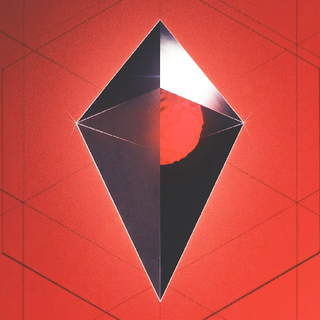

What’s the latest build weight in at?
It’s so many gigs, it’s not even worth trying every so often. Every time you load it, gigs to download.
Glad I only ever spent the initial $60
The first big disappointment was the end of the funding rewards. Is any of those original rewards even noticable? Oh yay a fish! And a 42 towel to look at!








I love the Expeditions!